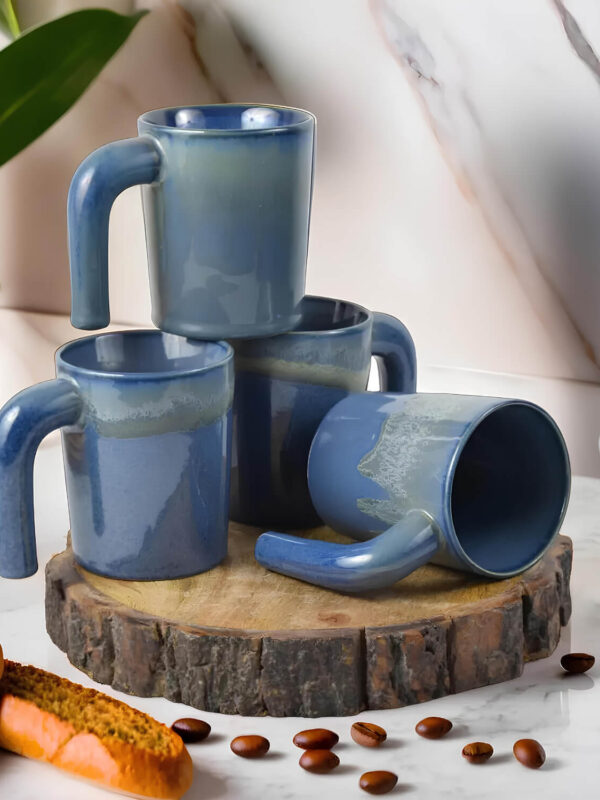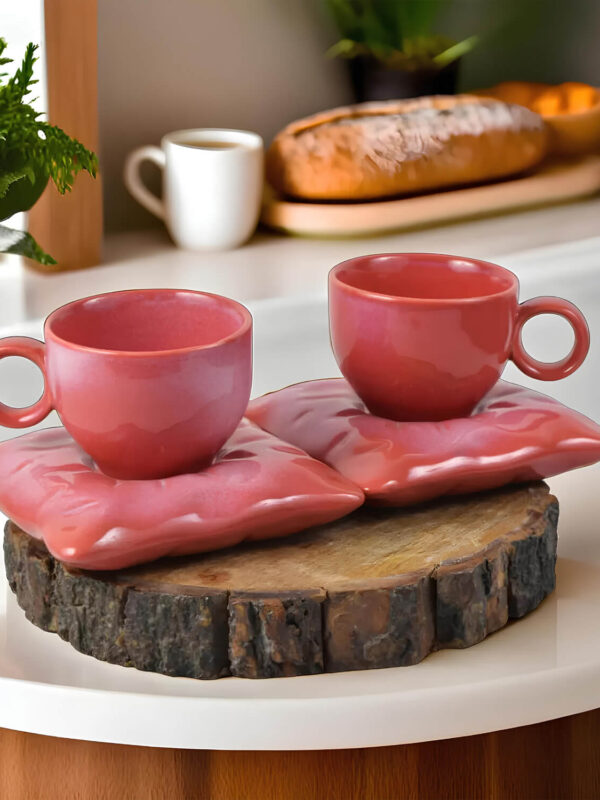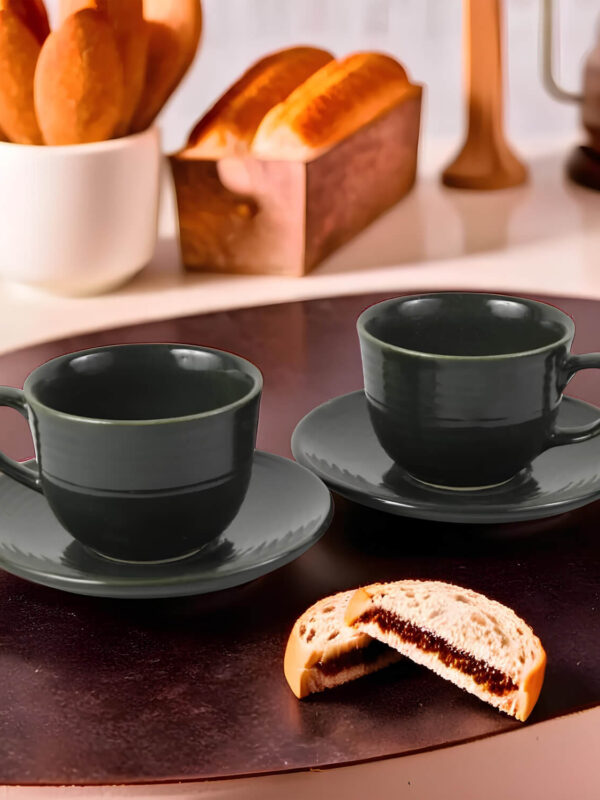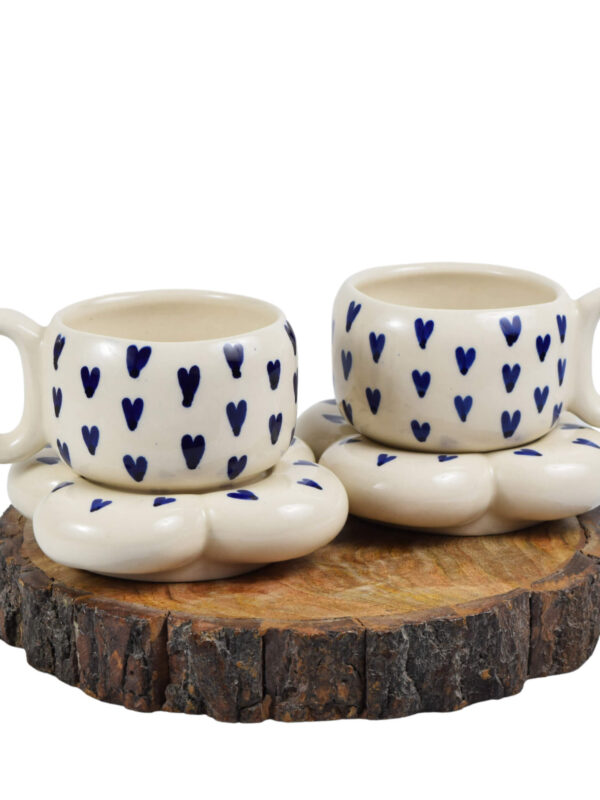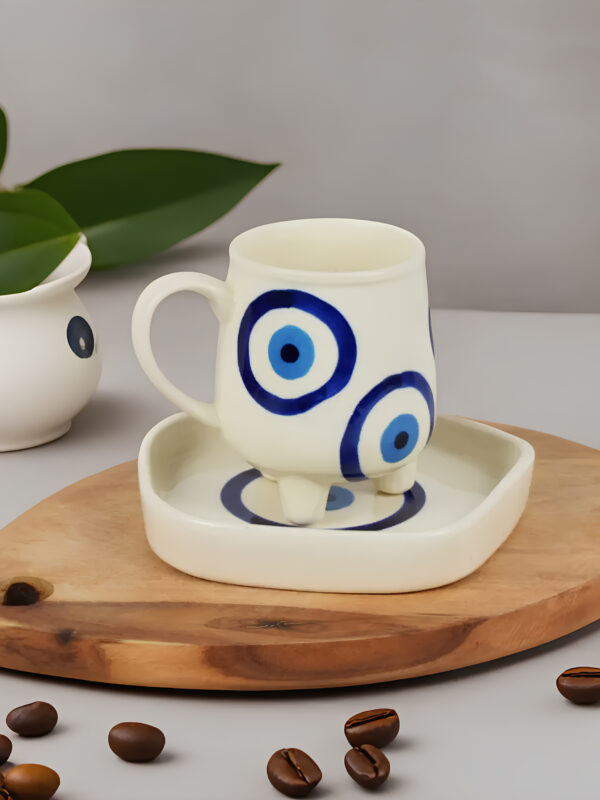Phasellus at magna - elit tristique lacinia. Integer a justo vitae arcu fermentum consequat.
India is a vast country with diverse regions that have their own unique styles and traditions of pottery and ceramic art. Each region has its own distinctive features, such as the type of clay, the firing method, the glazing technique, the decoration style, etc. Some of the most prominent regions and their pottery styles are
Rajasthan
Uttar Pradesh
This is a state in northern India that is known for its diverse and rich pottery and ceramic art. Uttar Pradesh is famous for its khurja pottery, which is made from red clay and glazed with white or colored slips. Khurja pottery is often decorated with floral or geometric designs or calligraphy. Uttar Pradesh is also known for its nizamabad pottery, which is made from black clay and polished with vegetable oil to give it a metallic sheen.
Gujarat
This is a state in western India that is known for its artistic and innovative pottery and ceramic art. Gujarat is famous for its kutch pottery, which is made from red clay and glazed with lead or tin oxide to give it a glossy finish. Kutch pottery is often decorated with relief work or incised patterns. Gujarat is also known for its agate ware, which is made from clay mixed with powdered agate stones to give it a speckled appearance.
West Bengal
This is a state in eastern India that is known for its elegant and sophisticated pottery and ceramic art. West Bengal is famous for its bone china, which is made from fine clay mixed with bone ash to give it a translucent and white quality. Bone china is often decorated with delicate paintings or carvings. West Bengal is also known for its terracotta pottery, which is often used for making sculptures or architectural elements for temples or mosques.
West Bengal
This is a state in southern India that is known for its ancient and traditional pottery and ceramic art. Tamil Nadu is famous for its black pottery, which is made from black clay and smoked with rice husk to give it a dark color. Black pottery is often used for making musical instruments or ritual objects. Tamil Nadu is also known for its red pottery, which is made from red clay and fired in open kilns to give it a rustic look.
Main questions:
- Suspendisse potenti: libero id eleifend consectetur?
- Duis volutpat augue lorem?
- Aliquam gravida risus nec velit lacinia dapibus?
- Potenti: libero id eleifend consectetur?

Influence of foreign cultures
Indian pottery and ceramic art have been influenced by various foreign cultures that have come into contact with India over the centuries. These foreign cultures have introduced new styles, techniques, materials, and motifs to Indian pottery and ceramic art, enriching and diversifying the art form. Some of the most notable foreign influences are:
Persian: The Persian culture had a profound impact on Indian pottery and ceramic art during the medieval period, especially under the Mughal rule. The Persians introduced the technique of glazing pottery with tin or lead oxide to make it waterproof and colorful. They also introduced the style of painting pottery with floral or geometric patterns or calligraphy using brushes or pens. The Persian influence can be seen in various forms of glazed pottery in India, such as blue pottery, khurja pottery, kashmiri pottery, etc.
Chinese: The Chinese culture had a significant impact on Indian pottery and ceramic art during the ancient and modern periods. The Chinese introduced the technique of making porcelain pottery from fine clay mixed with feldspar or quartz. They also introduced the style of painting pottery with intricate paintings or carvings using various colors and brushes. The Chinese influence can be seen in various forms of porcelain pottery in India, such as bone china, bidri ware, celadon ware, etc.
Japanese: The Japanese culture had a subtle but lasting impact on Indian pottery and ceramic art during the modern period. The Japanese introduced the technique of making stoneware pottery from coarse clay fired at high temperatures. They also introduced the style of decorating pottery with simple and natural motifs or shapes using various glazes or slips. The Japanese influence can be seen in various forms of stoneware pottery in India, such as studio pottery, bharatpur ware, longpi ware, etc.
Sociocultural Influence
Indian pottery and ceramic art have not only been objects of utility or beauty; they have also been objects of sociocultural significance that reflect the values, beliefs, and customs of the Indian people. Pottery and ceramic art have been used for various purposes.
It is not just a craft, but a living testament to India’s cultural heritage, artistic sensibility, and historical evolution. Pottery holds cultural and religious significance in India, playing a vital role in various rituals and ceremonies. From the creation of ceremonial pots to the use of specific forms in religious practices, pottery is deeply embedded in the fabric of Indian traditions.
Pottery and ceramic art have been used for religious purposes such as making idols, lamps, vessels, sculptures, tiles, etc. for worshiping various gods and goddesses in Hinduism, Buddhism, Jainism, Islam, etc. Pottery and ceramic art have also been used for making ritual objects such as diyas (earthen lamps), kalash (water pots), shankh (conch shells), etc.





